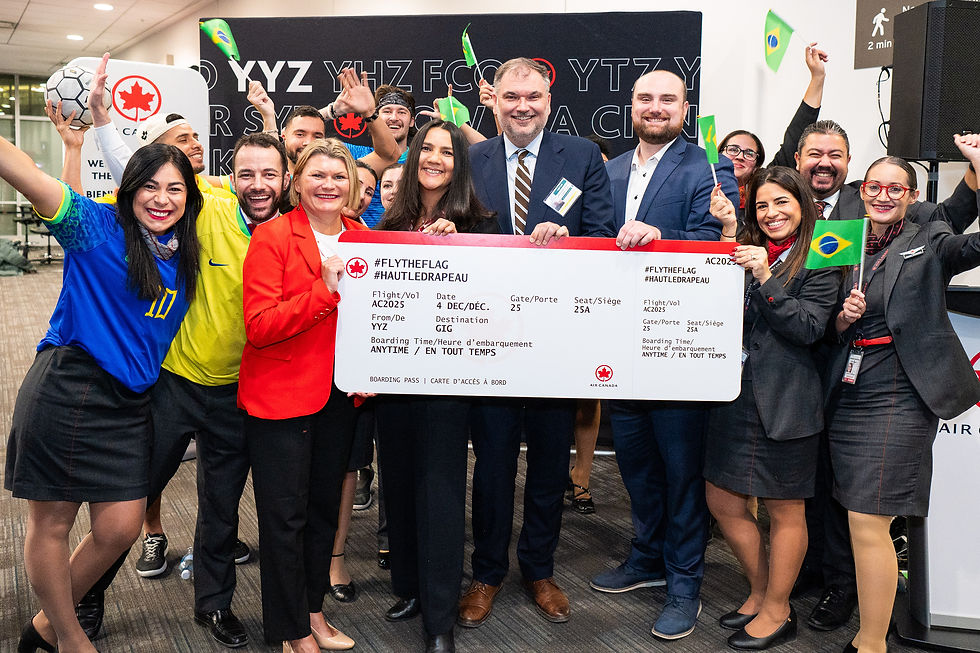Lufthansa Group Partners With HCS Group for the Production of SAF in Germany
- Joe Breitfeller

- Aug 2, 2023
- 1 min read
Lufthansa Group has signed a Letter of Intent with HCS Group to partner on the production of SAF in Germany. From the beginning of 2026, HCS could supply Lufthansa with SAF produced via Alcohol-to-Jet technology.

On Tuesday (August 1, 2023), the Lufthansa Group announced the signing of a Letter of Intent (LoI) with the HCS Group for the production of SAF in Germany. Under the partnership, HCS could provide Lufthansa with SAF produced via Alcohol-to-Jet (AtJ) technology from early 2026. The SAF feedstock will include biogenic residues from agriculture and forestry, and will be produced at HCS Group’s production site in Speyer, operated by Haltermann Carless. The collaboration will allow the Lufthansa Group and the HCS Group to support SAF ‘Made in Germany’ which will be compliant with Europe’s Renewable Energy Directive RED II. With the initial planned production of 60,000 metric tons annually, HCS aims to become the first large scale producer of SAF in Germany.
The LoI is just the latest initiative underpinning the Lufthansa Group’s commitment to driving forward the market ramp-up and use of SAF as a core sustainability strategy. Currently, Lufthansa Group is one of the world’s five largest sustainable aviation fuel customers, and is investing up to US $250 million in SAF procurement over the coming years. Most current SAF is produced from biogenic residual materials like used cooking oil, which serves as a ‘drop-in’ solution and mixed with conventional kerosene. Currently, the maximum SAF blending rate is 50 percent, but in its pure form, SAF from biogenic residues can reduce lifecycle CO2 emissions by up to 80 percent compared to traditional fossil-based Jet-A fuels.
Source: Lufthansa


